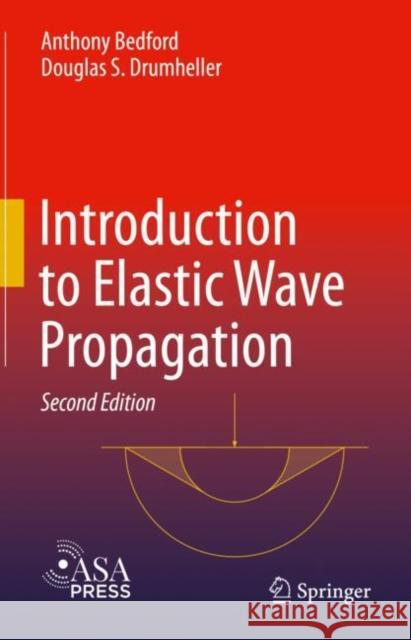Introduction to Elastic Wave Propagation » książka
topmenu
Introduction to Elastic Wave Propagation
ISBN-13: 9783031328749 / Angielski / Twarda / 2023 / 408 str.
Introduction to Elastic Wave Propagation
ISBN-13: 9783031328749 / Angielski / Twarda / 2023 / 408 str.
cena 362,27
(netto: 345,02 VAT: 5%)
Najniższa cena z 30 dni: 346,96
(netto: 345,02 VAT: 5%)
Najniższa cena z 30 dni: 346,96
Termin realizacji zamówienia:
ok. 22 dni roboczych
Dostawa w 2026 r.
ok. 22 dni roboczych
Dostawa w 2026 r.
Darmowa dostawa!
Kategorie:
Kategorie BISAC:
Wydawca:
Springer International Publishing AG
Język:
Angielski
ISBN-13:
9783031328749
Rok wydania:
2023
Ilość stron:
408
Wymiary:
23.5 x 15.5
Oprawa:
Twarda











